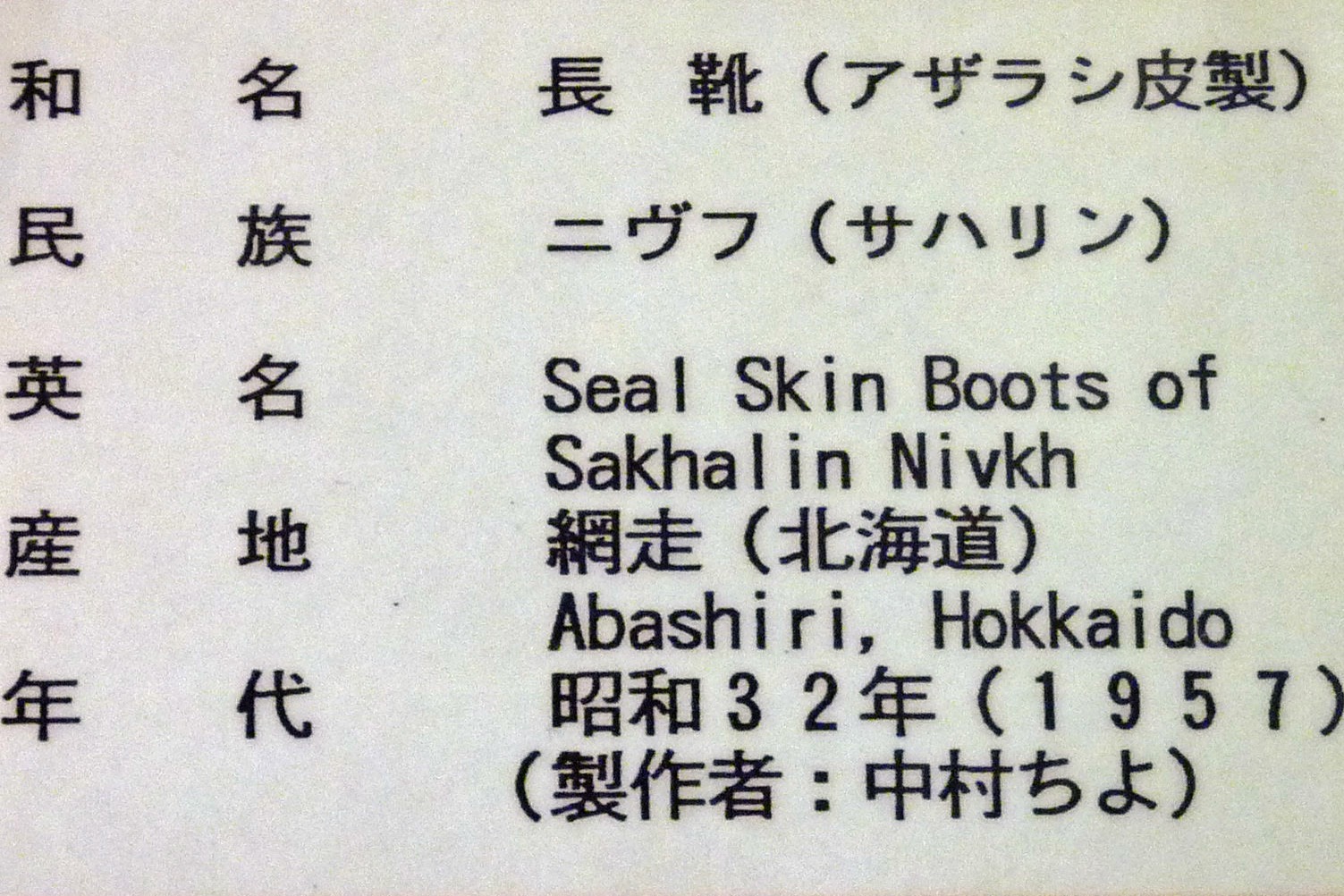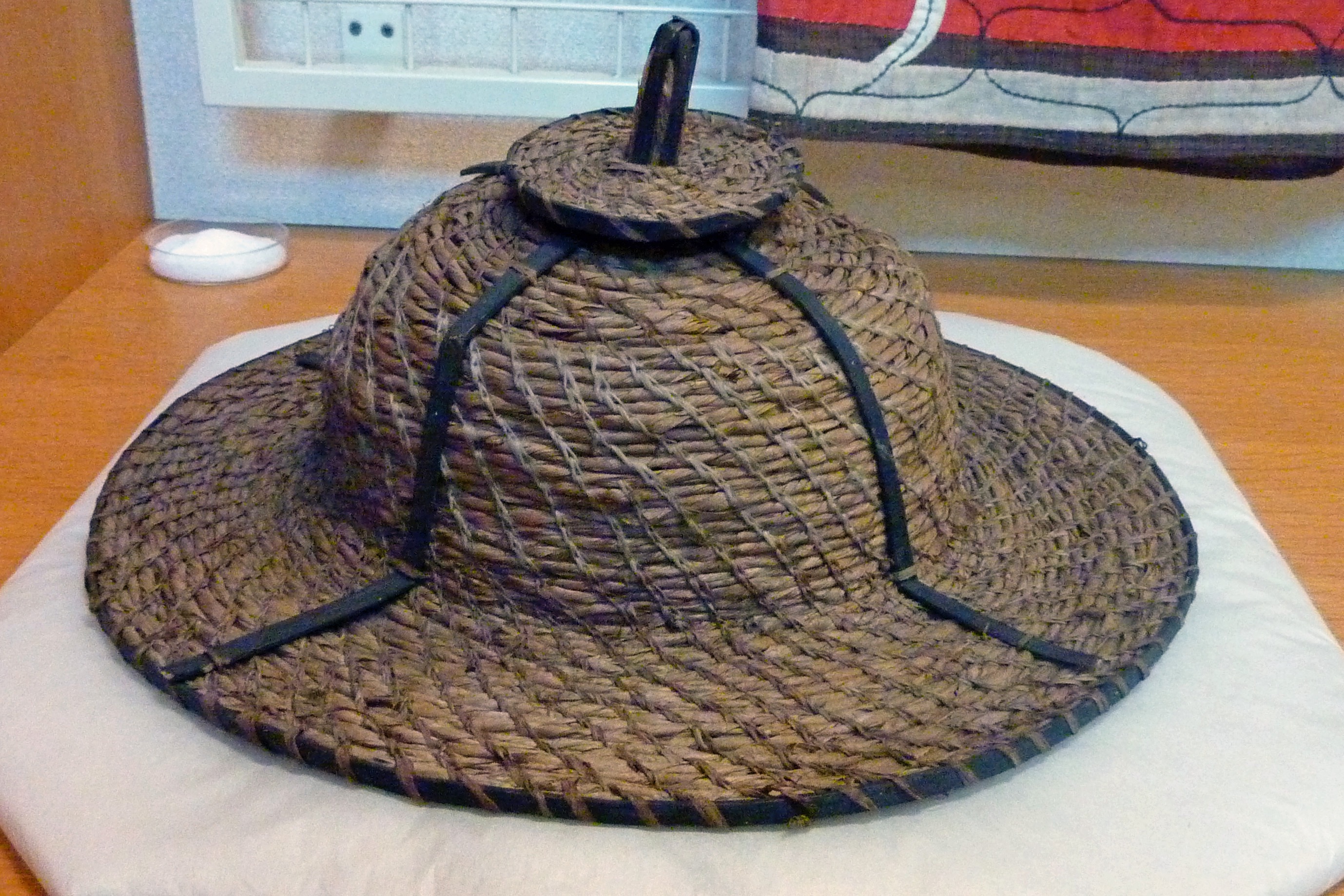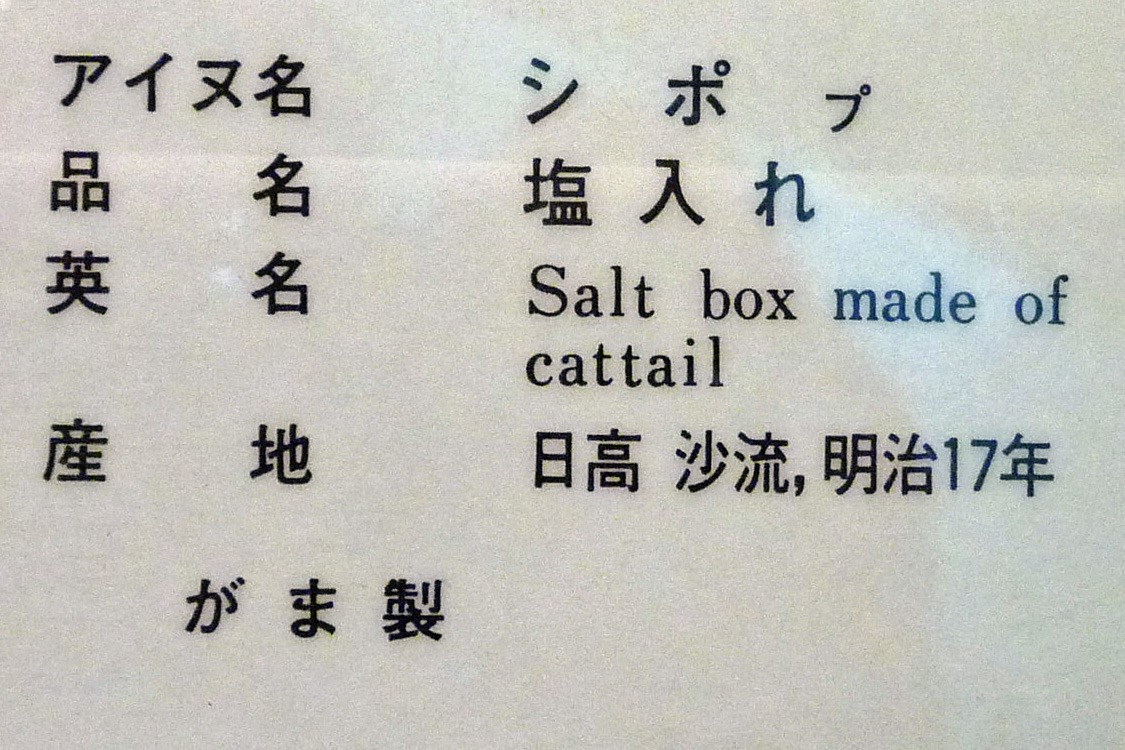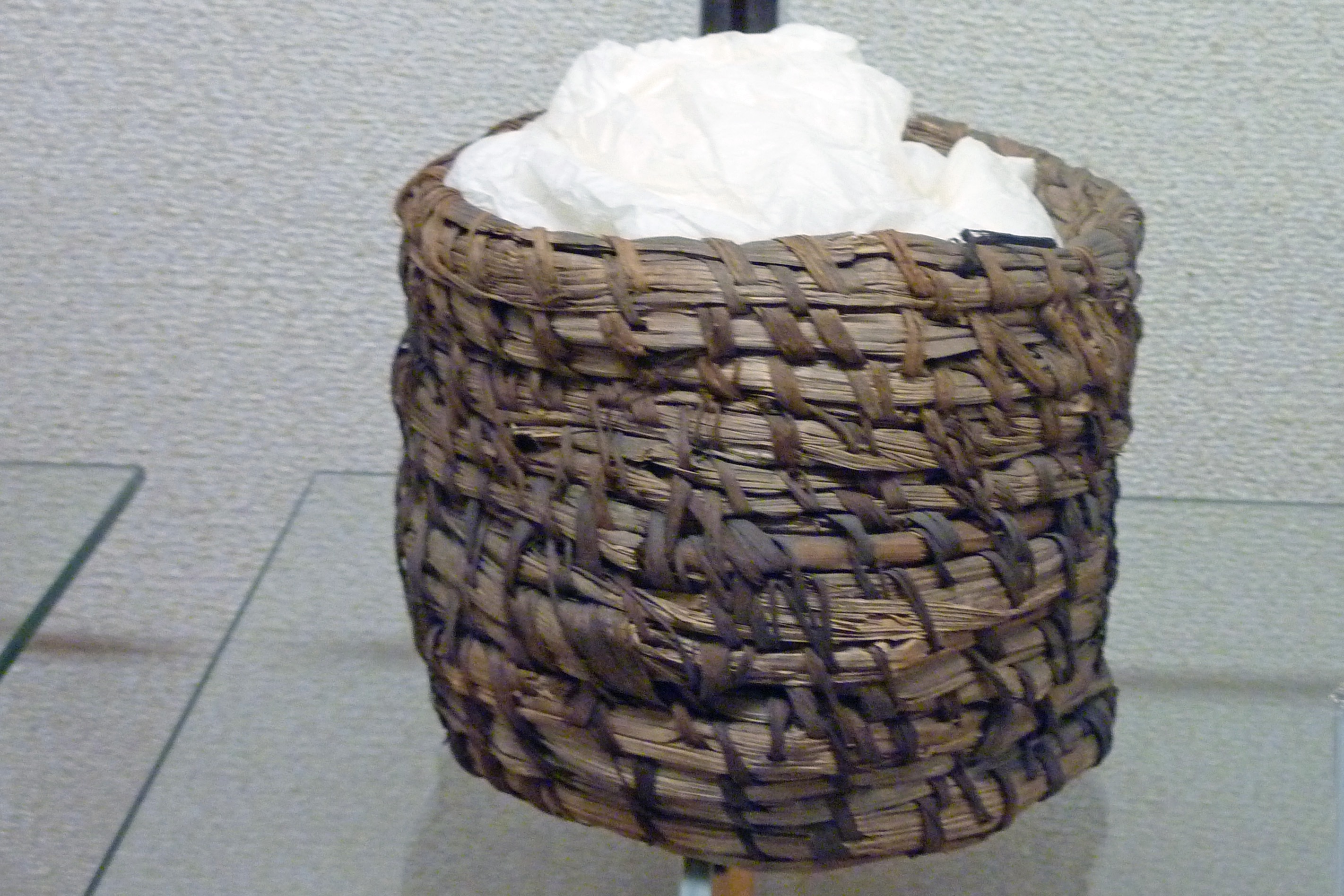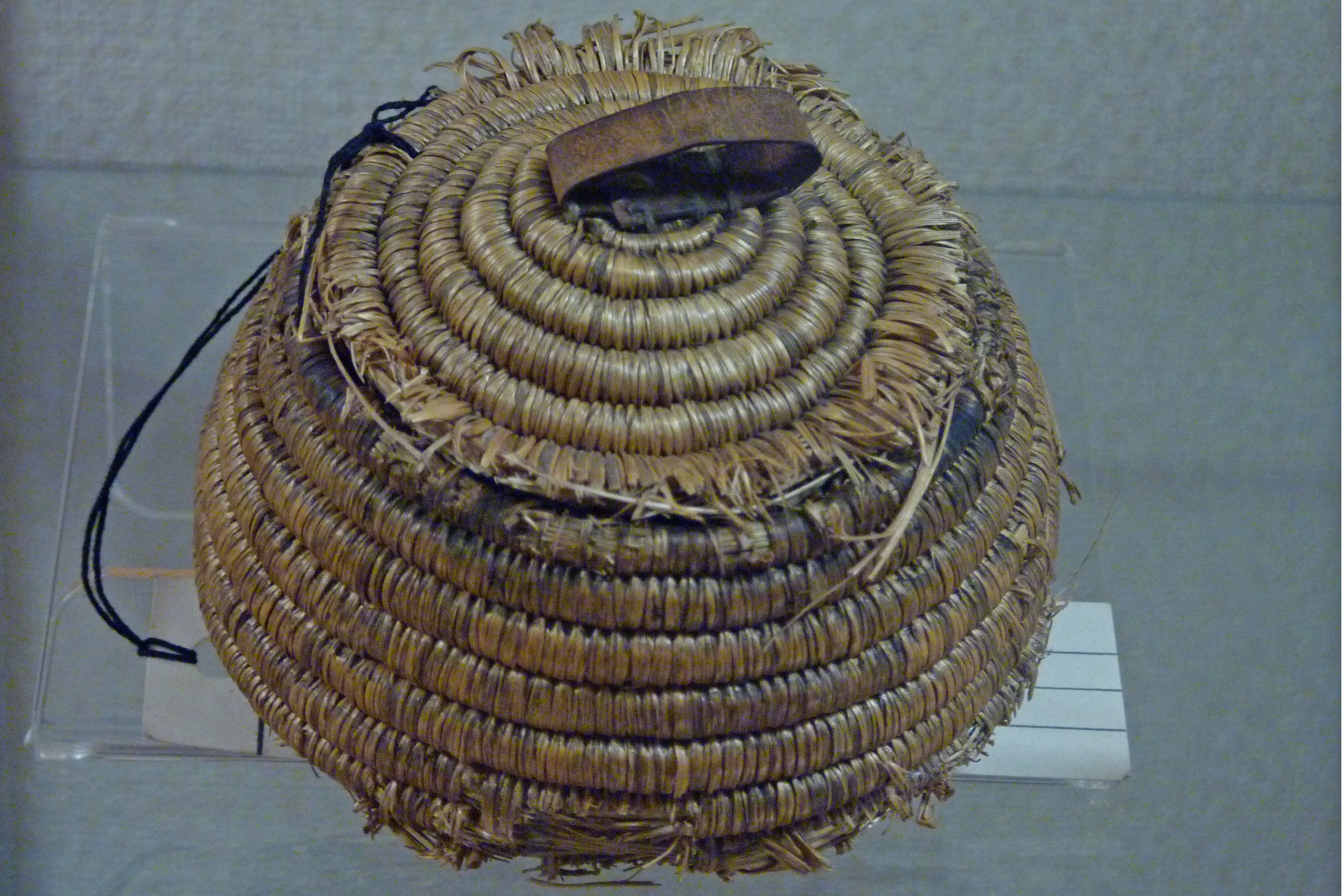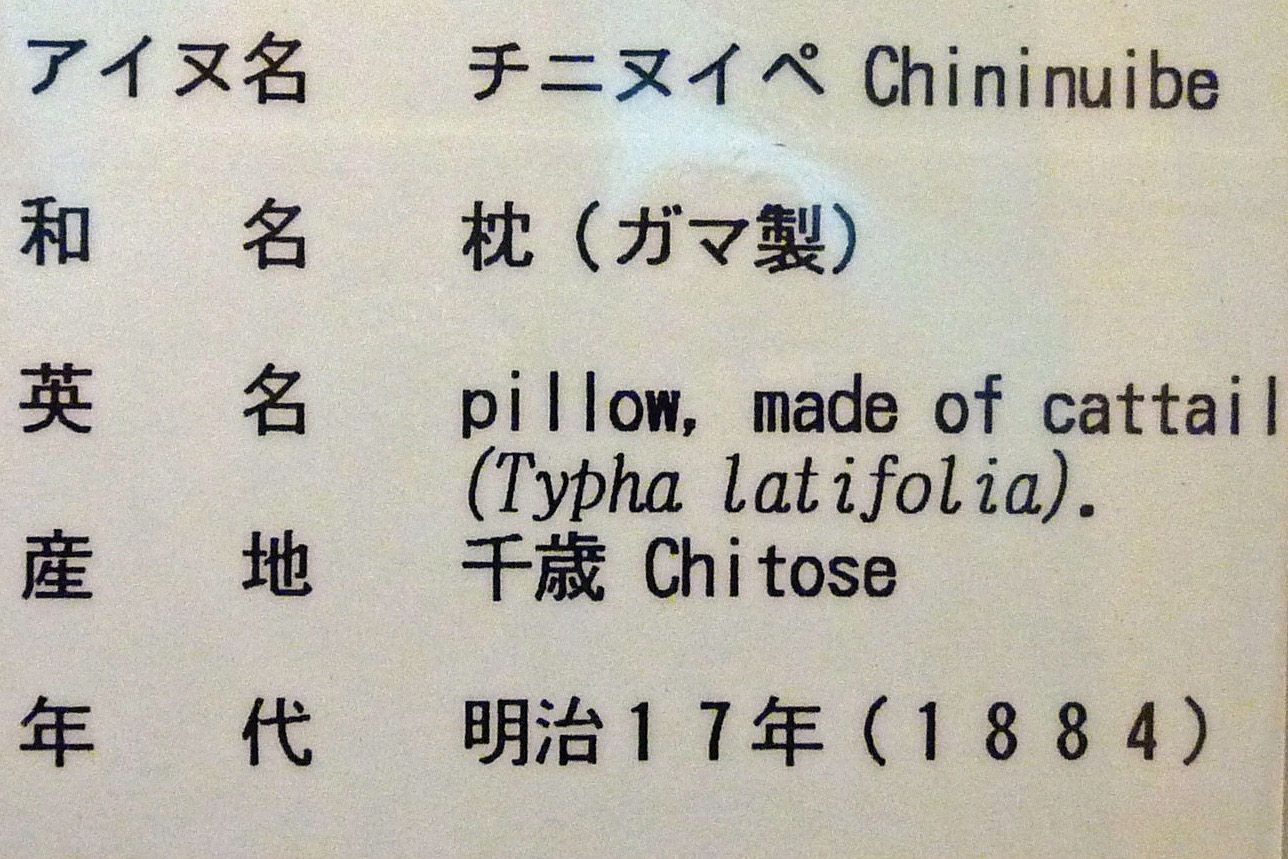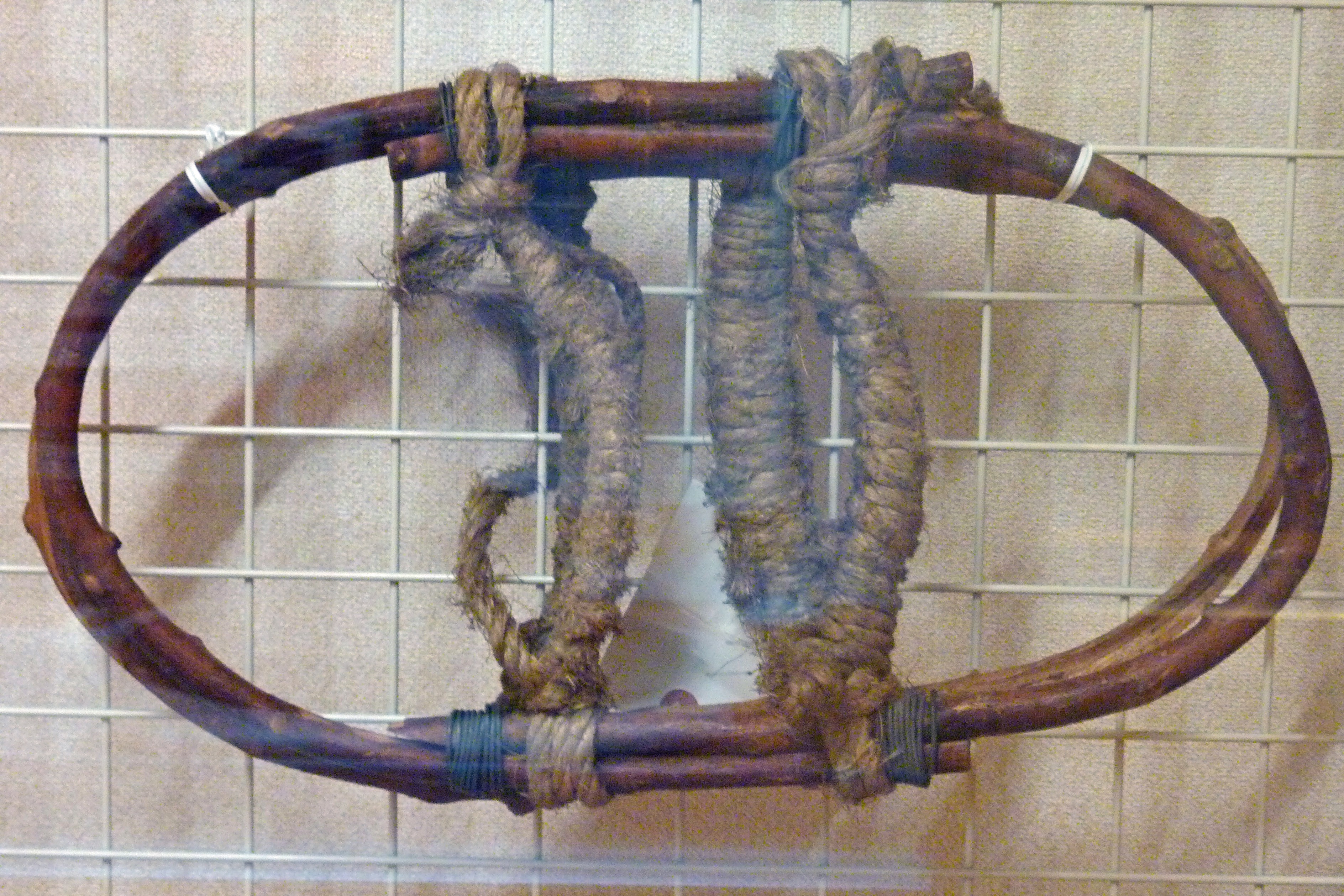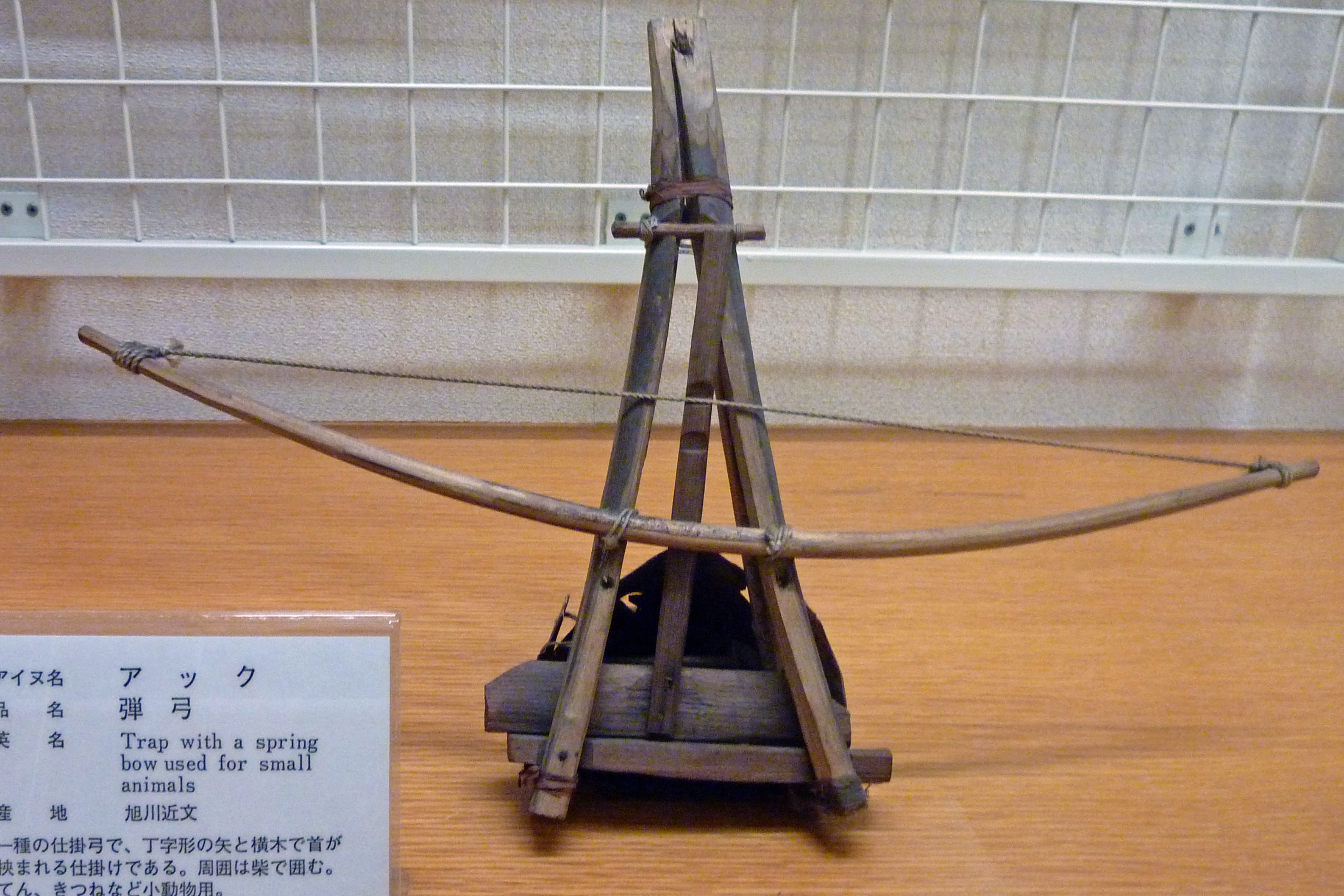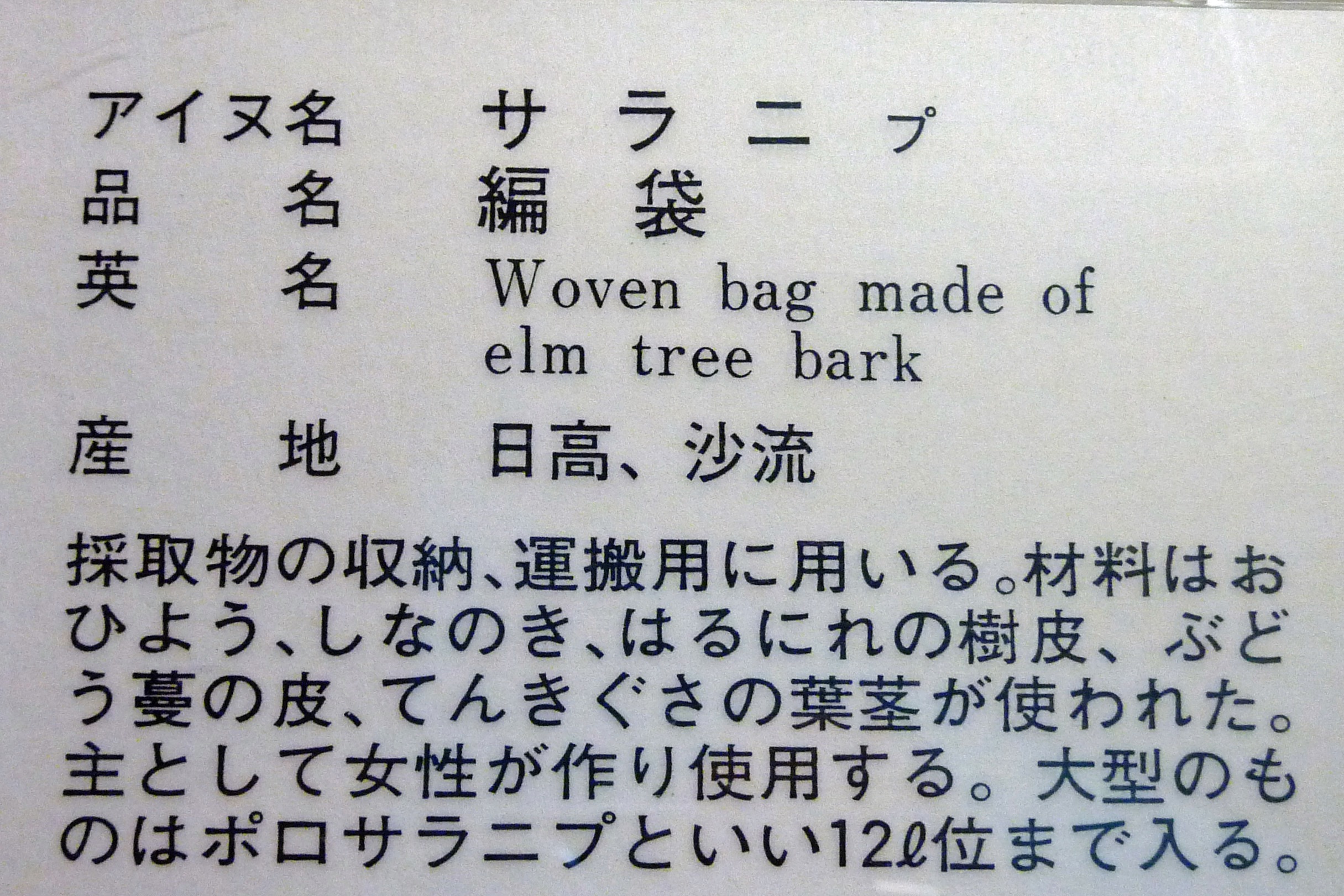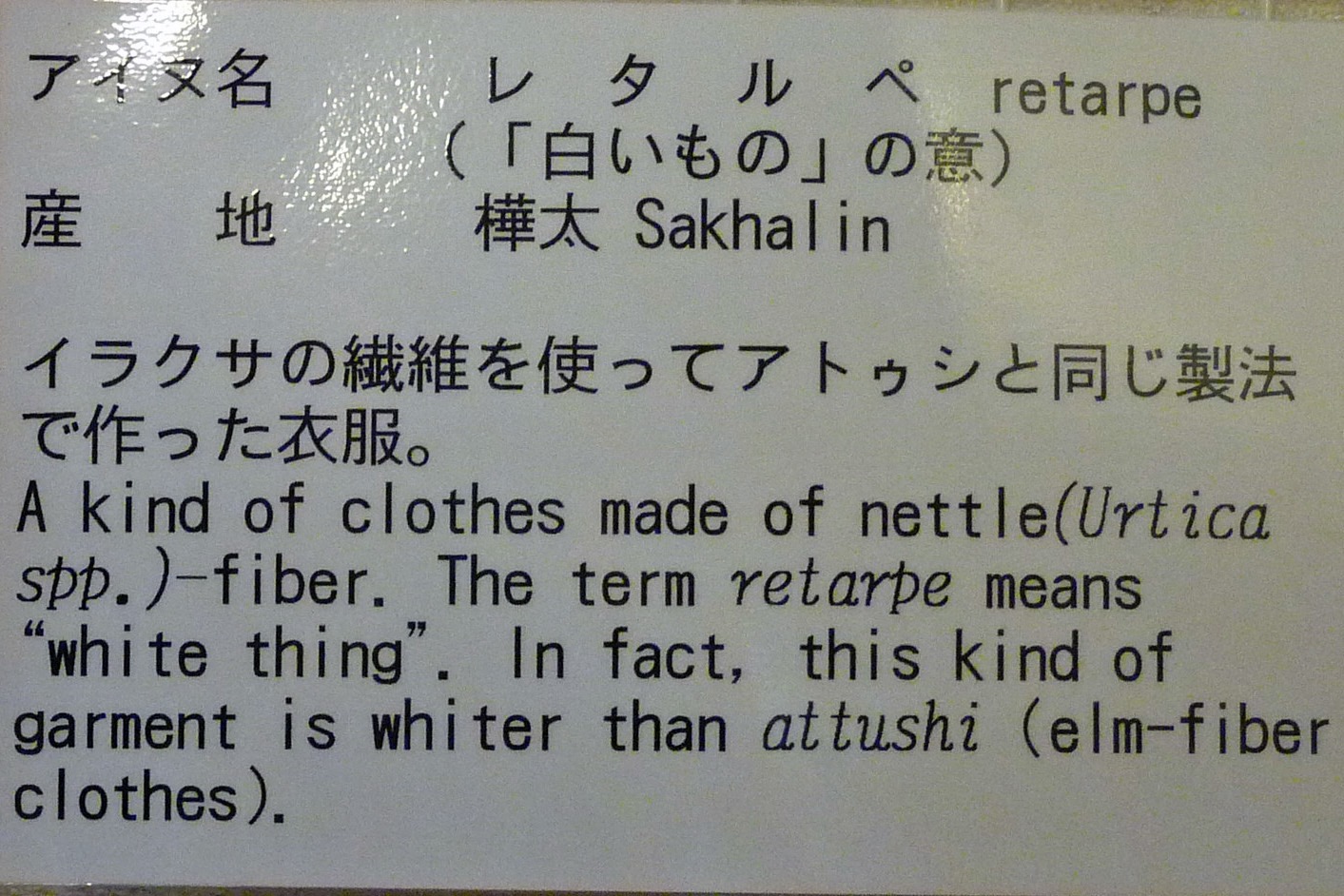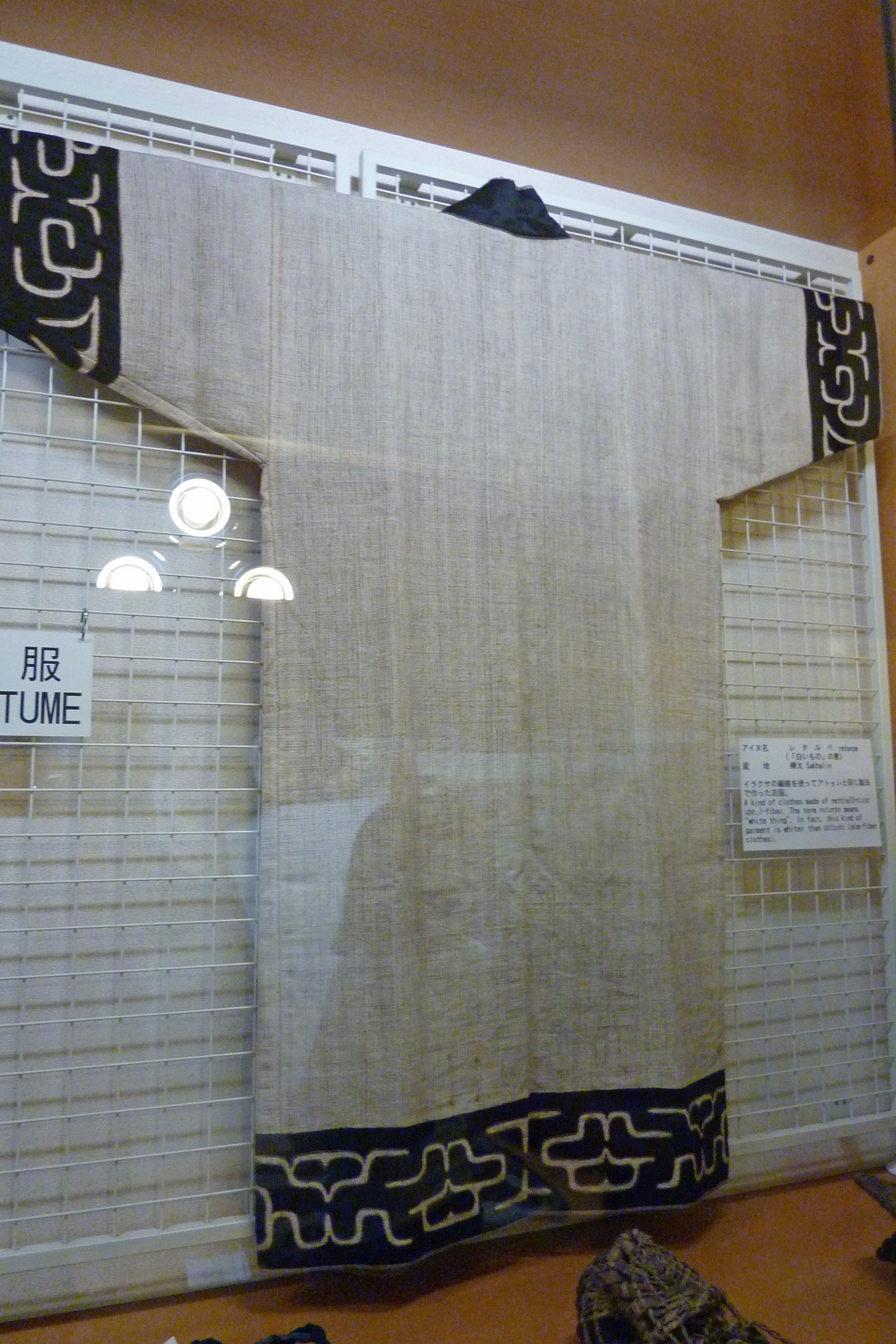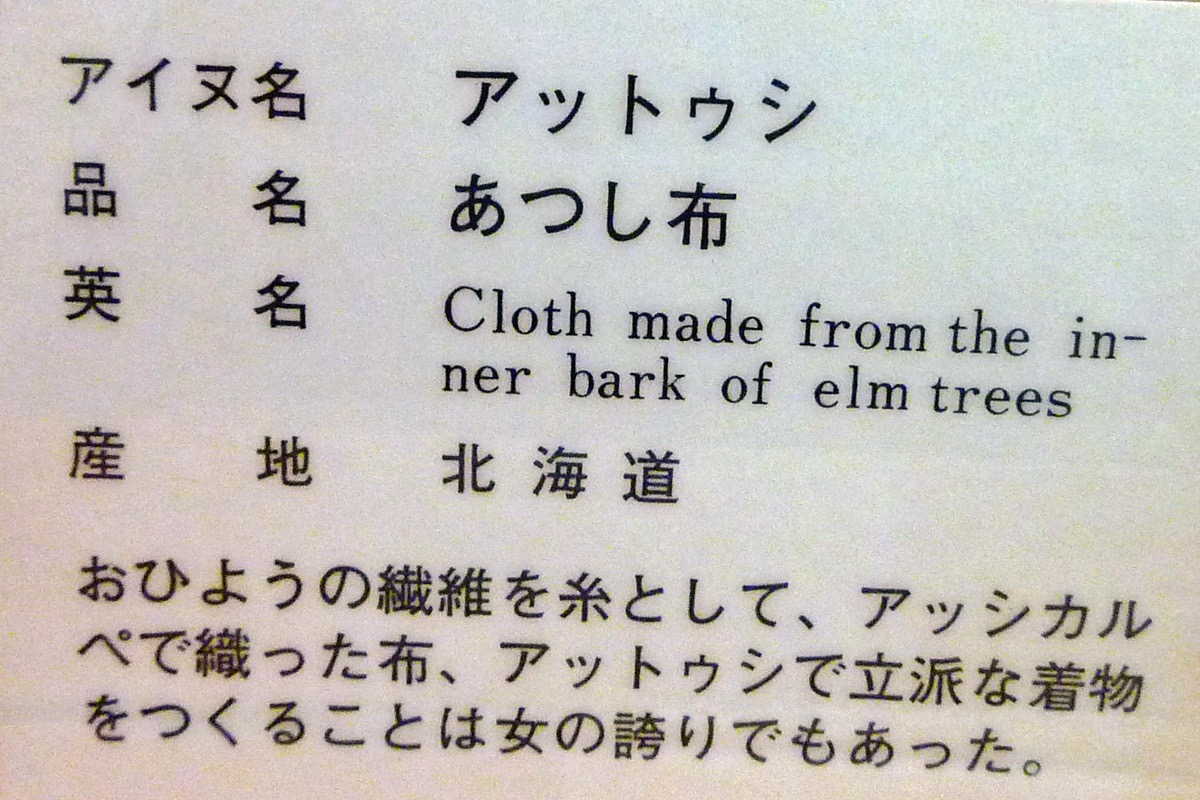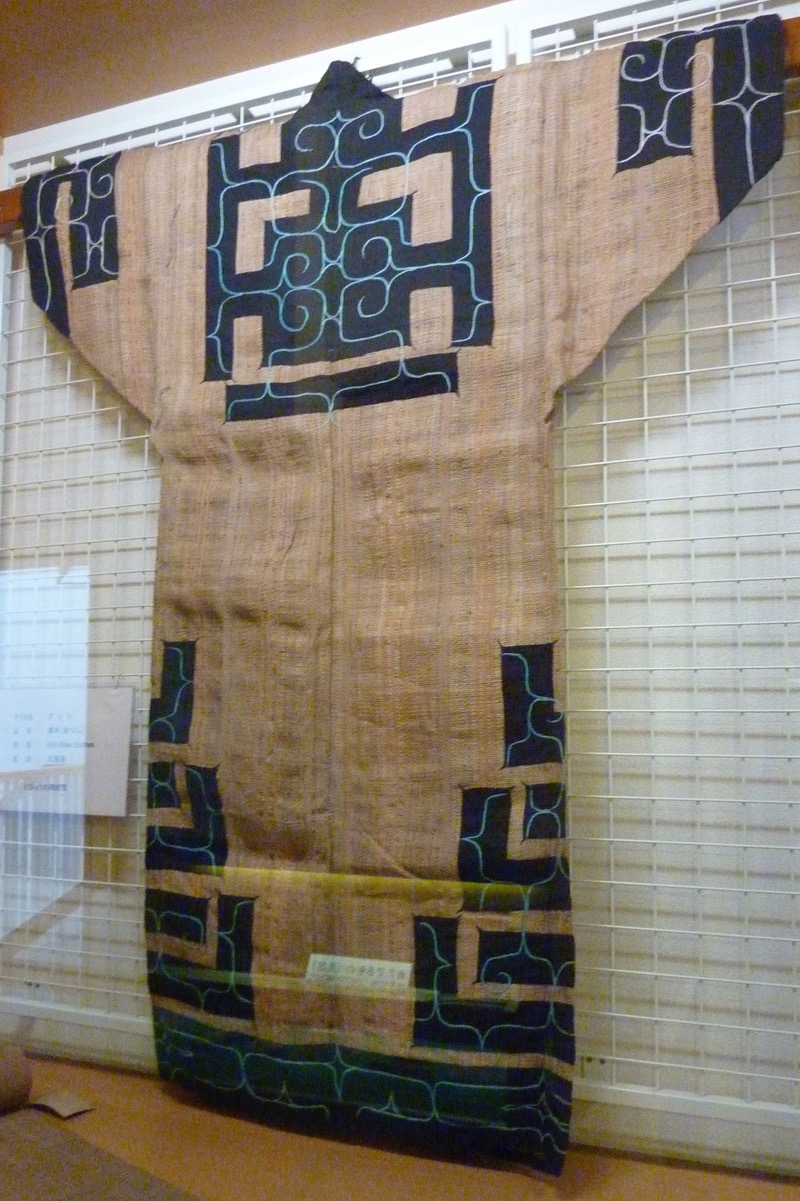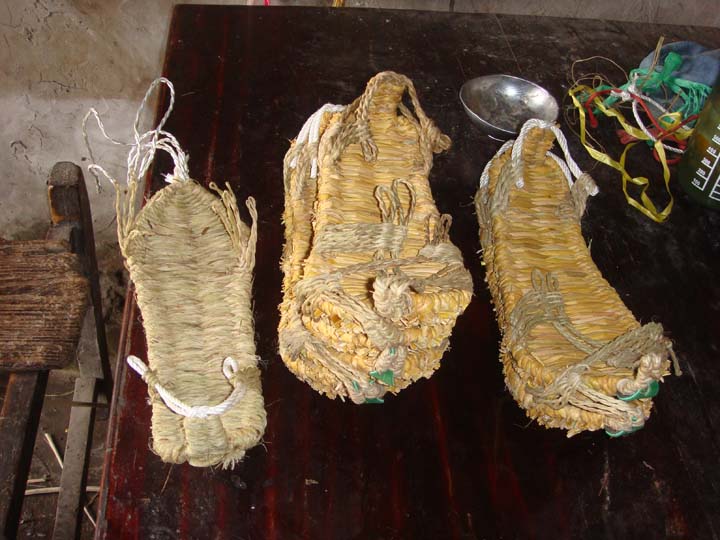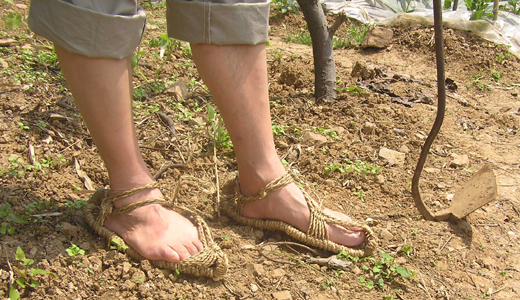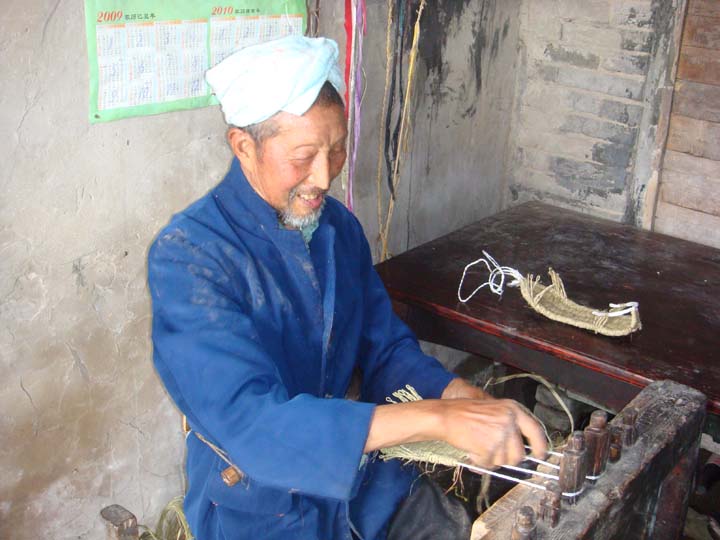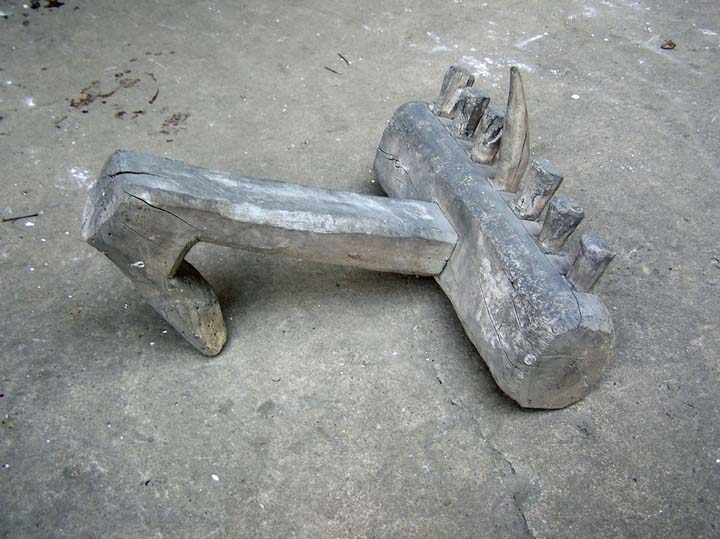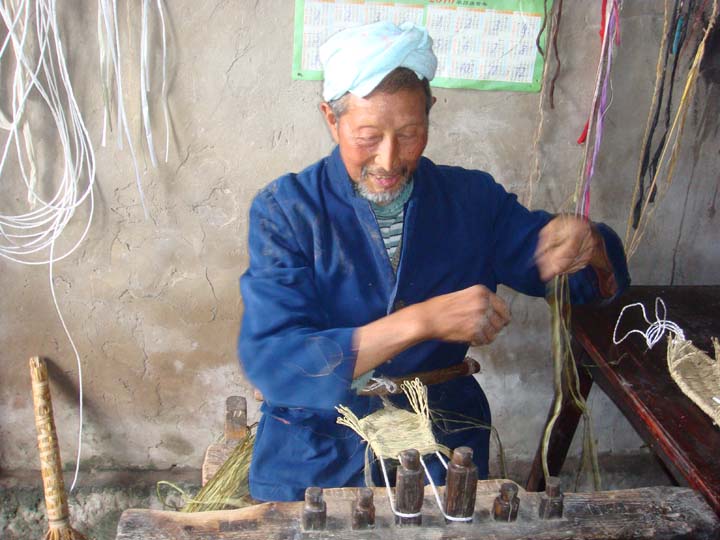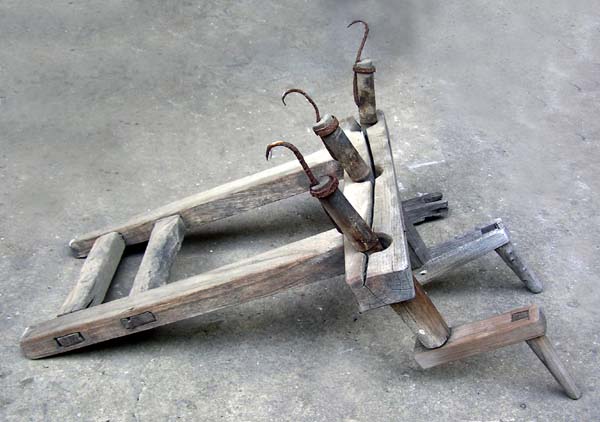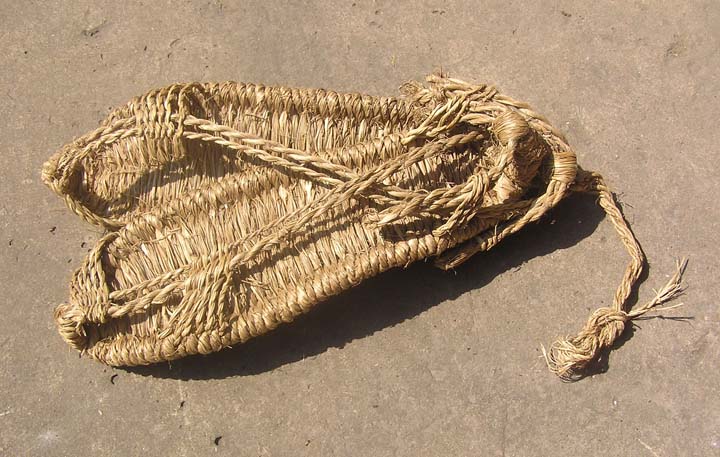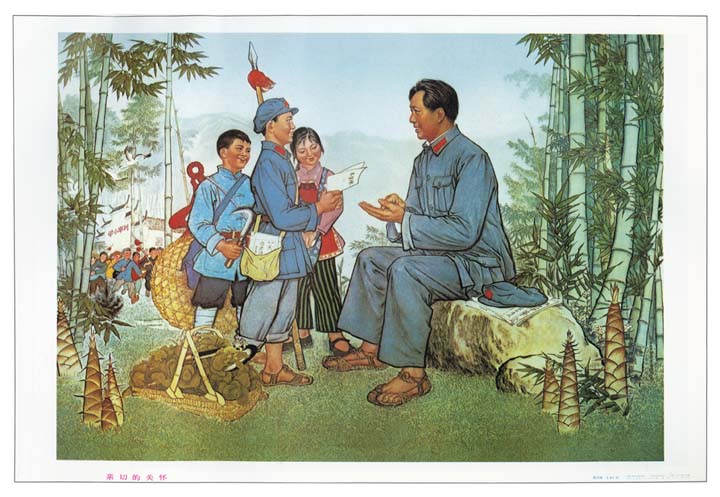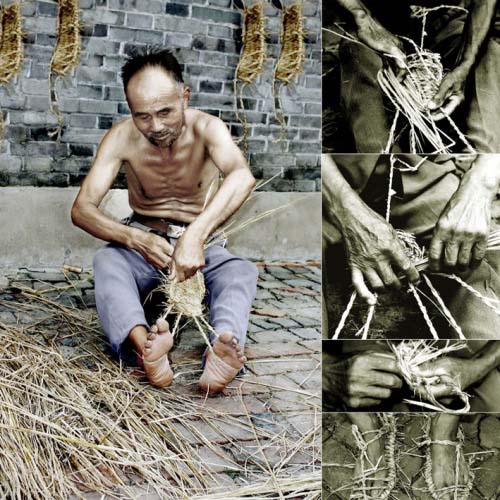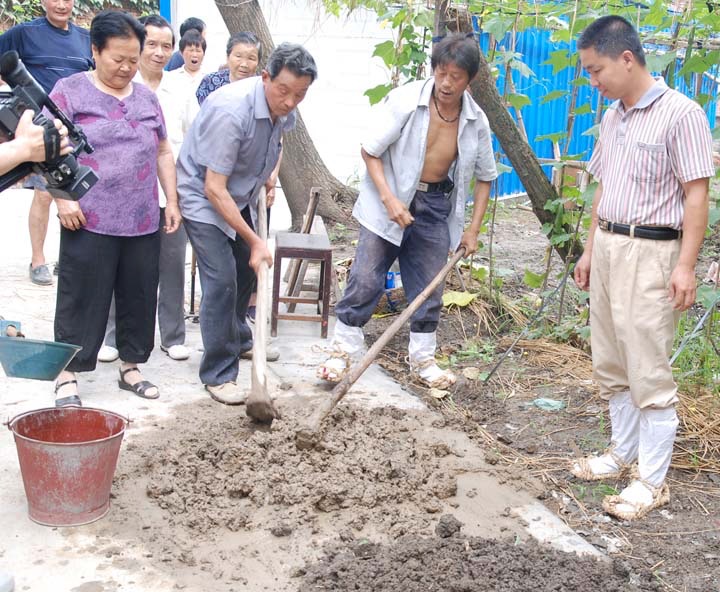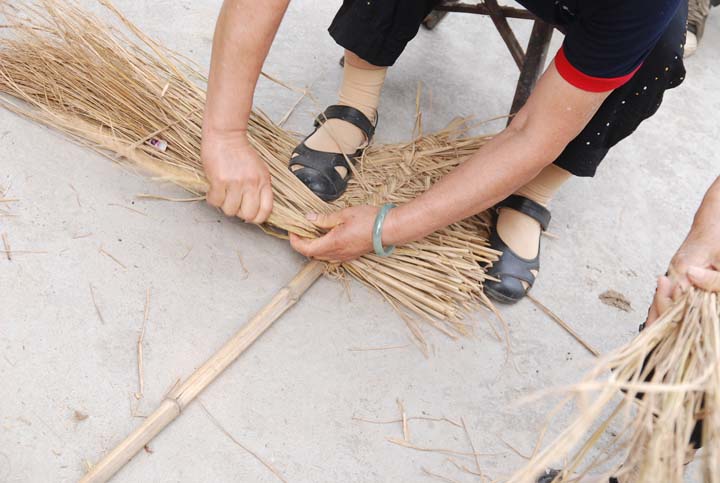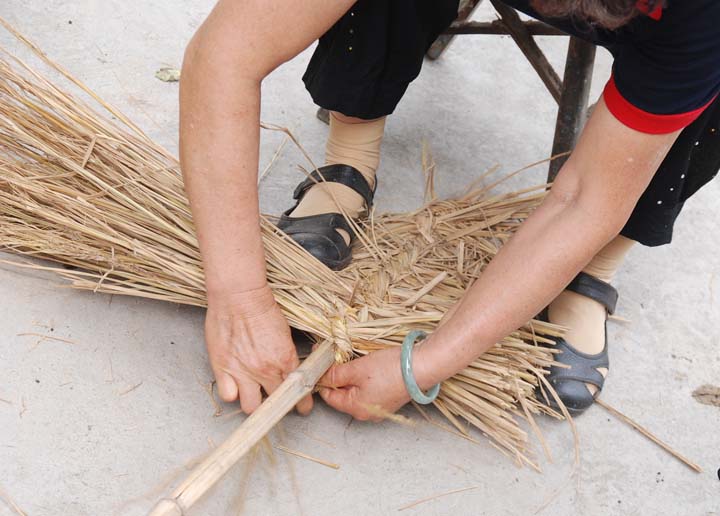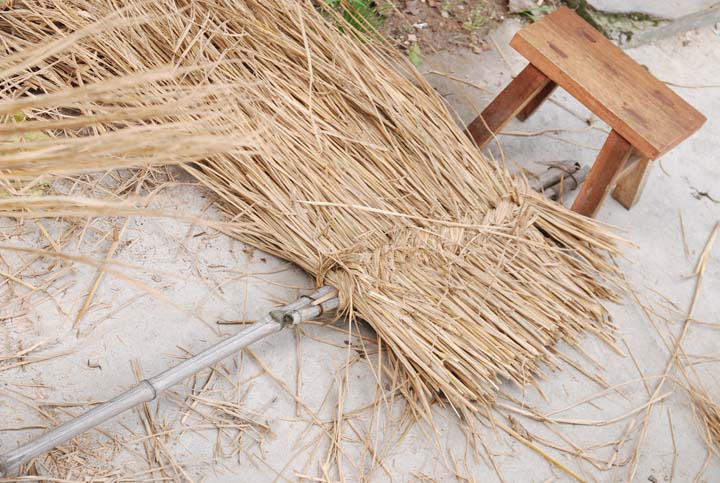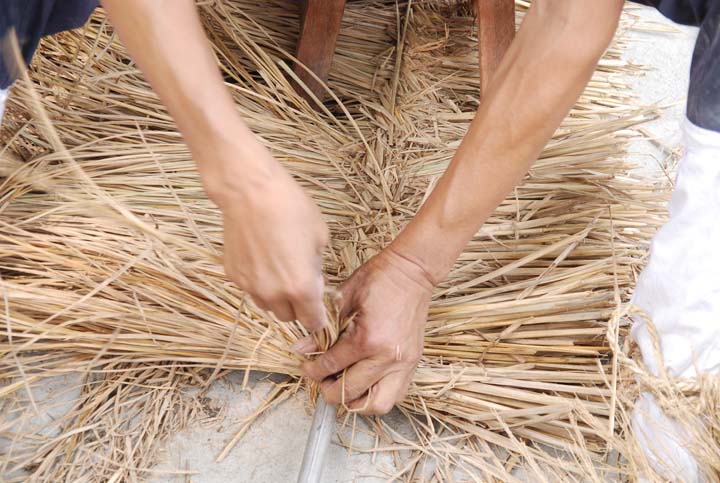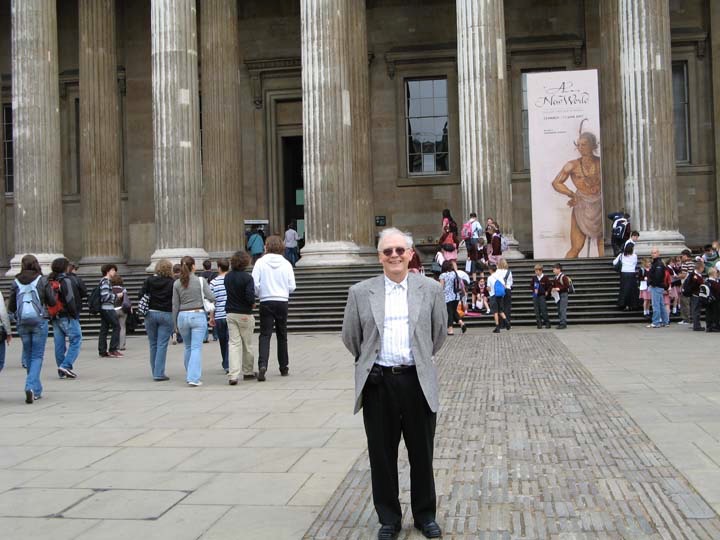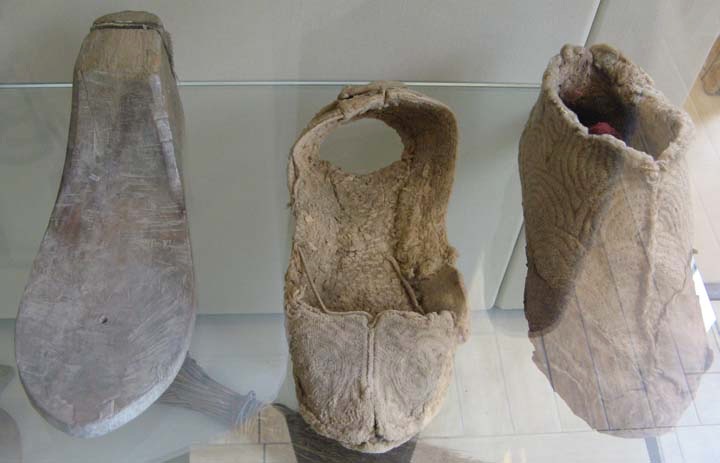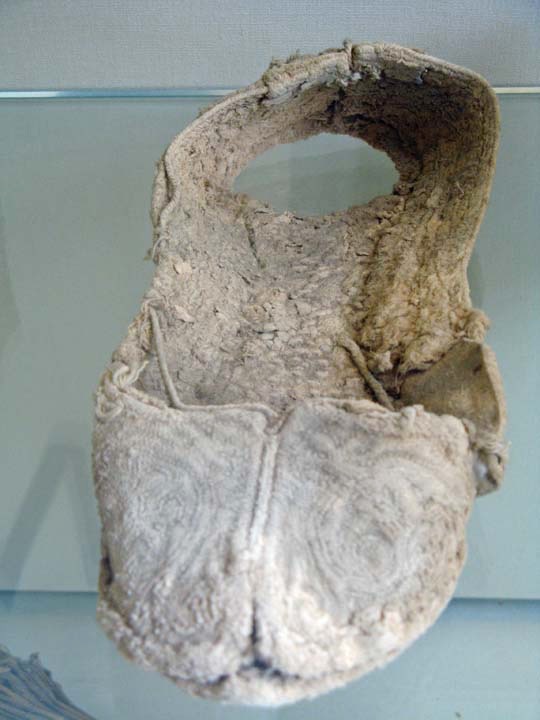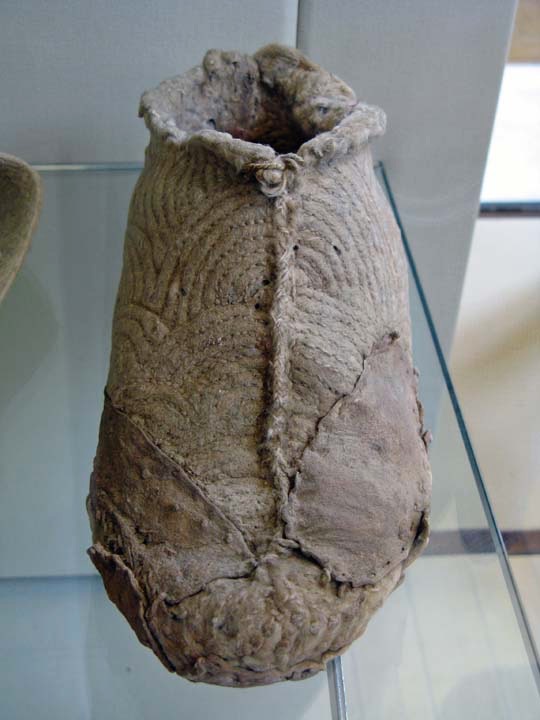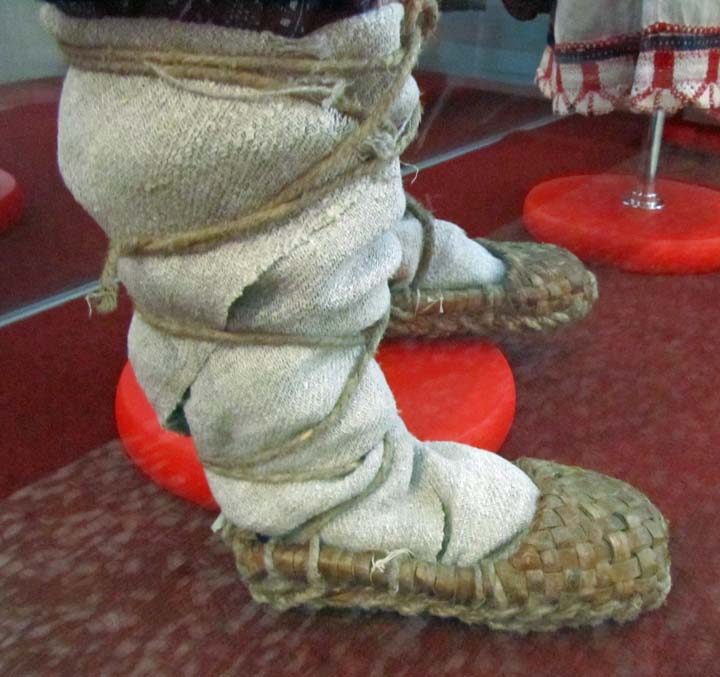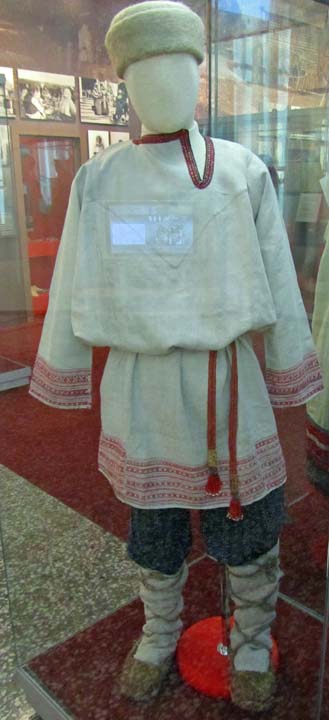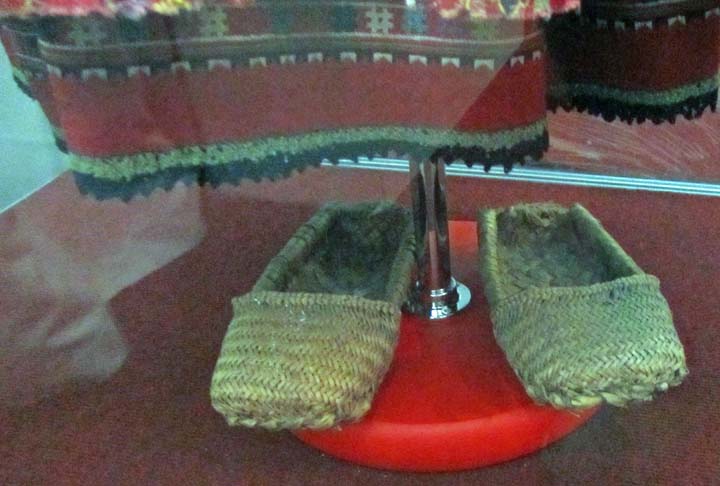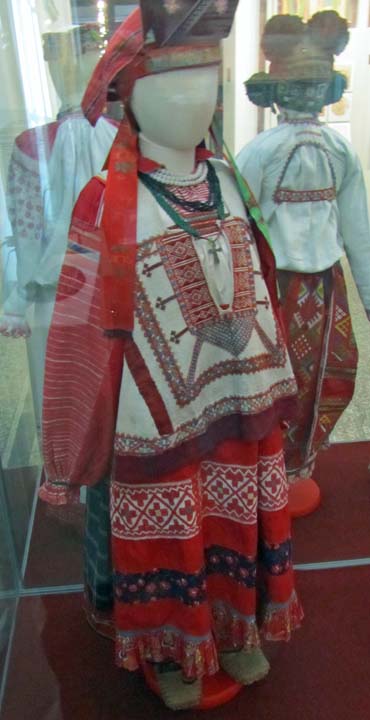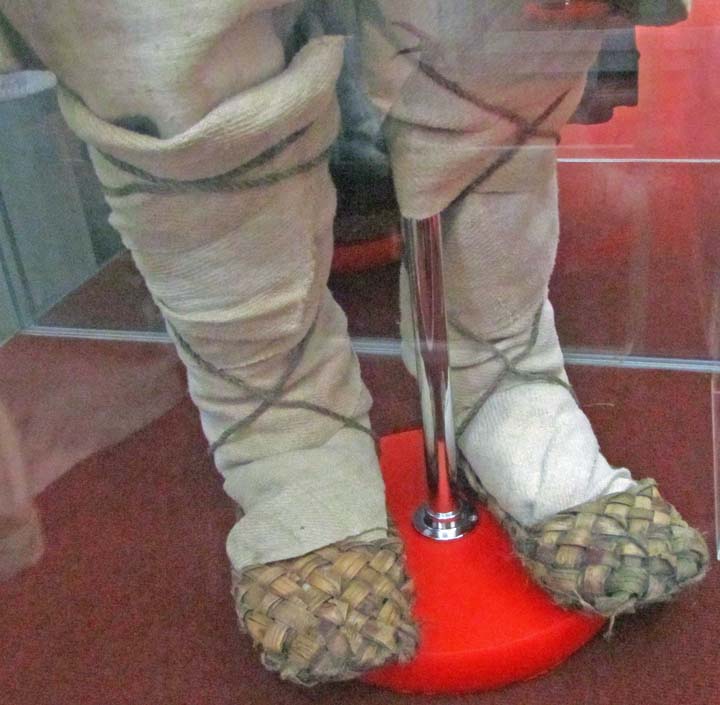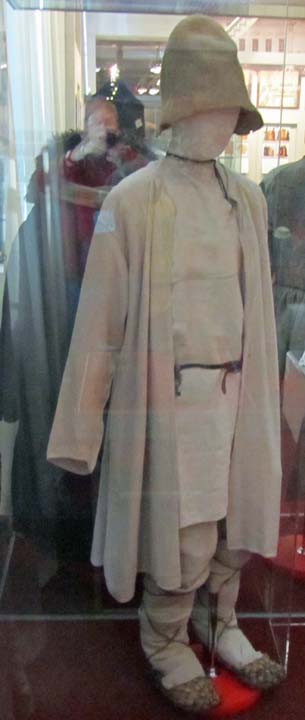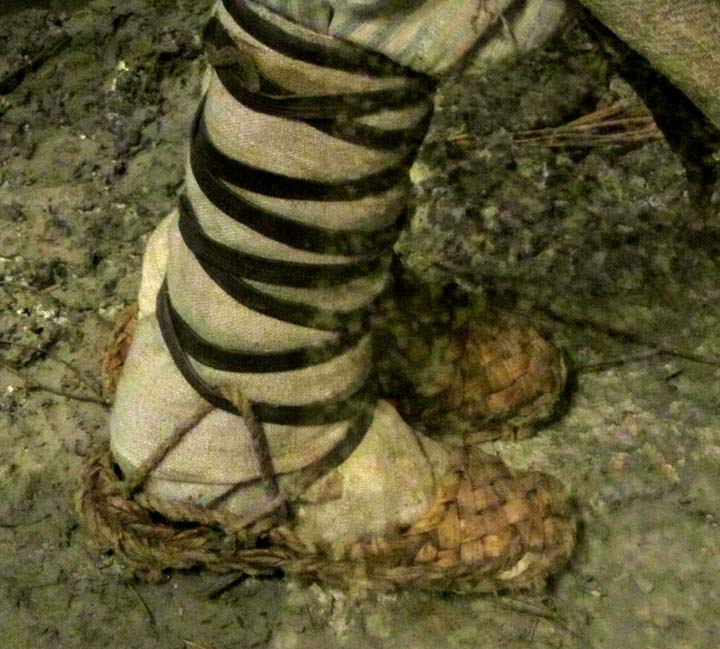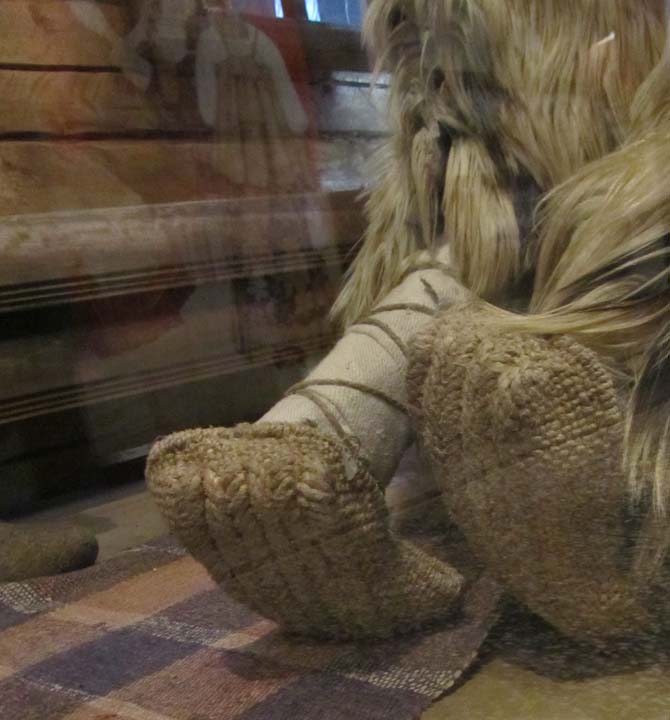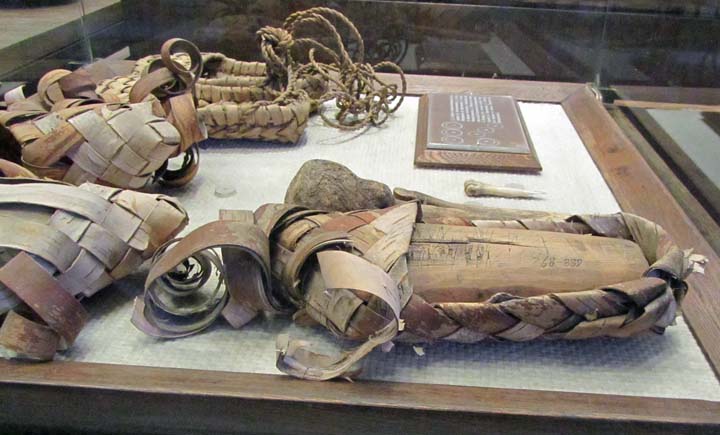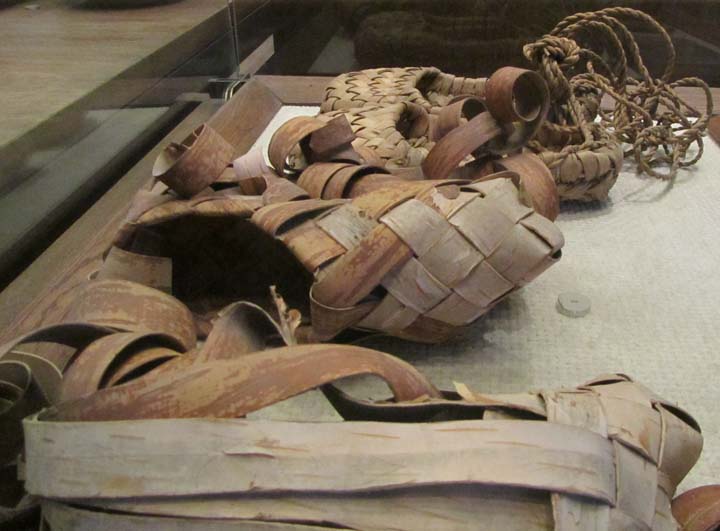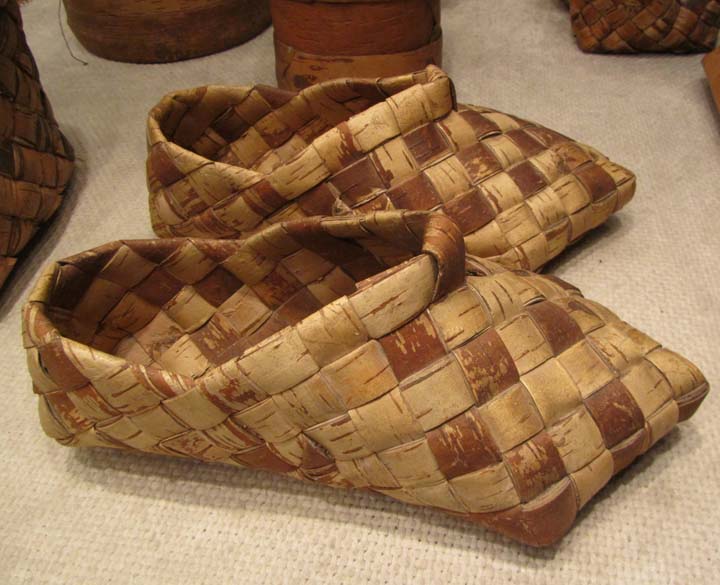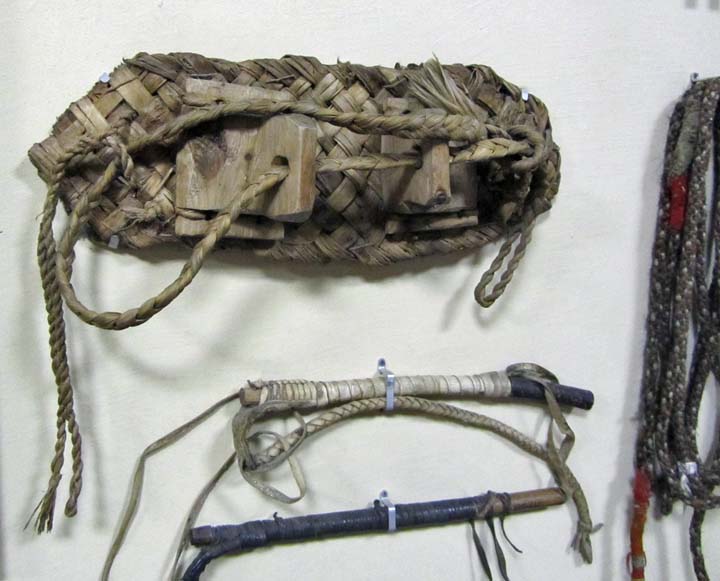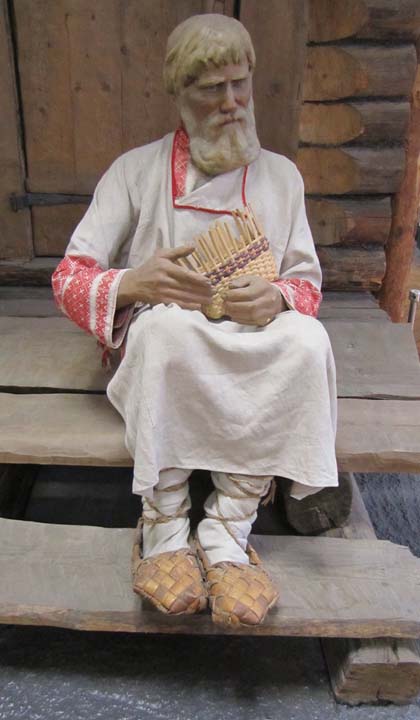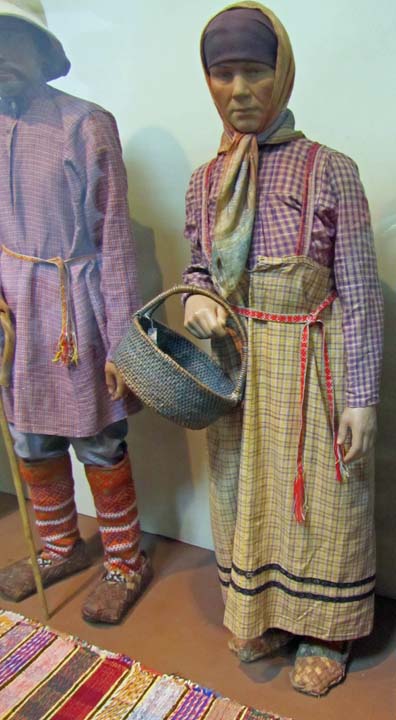Topics included below:
1. Northern Peoples Museum
2. Acquisition of Japanese Straw Boots
3. Sandal Weaving in Sichuan Province
4. Sandal Weaving in Wuxi
5. Ancient Shoes from Western China
6. Russian Museum of Ethnography
Northern Peoples Museum
This museum, also named Batchelor Kinenkan (Batchelor Memorial Museum), is on the grounds of the Botanical Garden in Sapporo, Japan. The garden and the museum are parts of Hokkaido University. The museum is named for Reverend John Batchelor who was a 19th century English minister. He studied the indigenous people of both Hokkaido and Siberia about whom he wrote several books and collected artefacts. They include the Ainu and Uilta peoples. The materials were collected from about 1870 to 1930 which included the period of Hokkaido’s colonization by Japan in the Meiji period to the early Showa period of Japanese history.
The ancestral origin of the Ainu has been a matter of speculation for many years. Origins in Siberia and a possible mixing with an ancestral Japanese subgroup have been suggested by recent studies but there were early speculations of an Eastern European origin based on the facial and other anatomical features of the Ainu. Genetic testing has been complicated by the inter-group marriages that have occurred. Dr. Paula I. Nielson has written a recent article about the current state of knowledge about Ainu origins. Modern Ainu culture has been dated back to 1200 CE but they have been in East Asia for much longer. The Ainu were prolific weavers and their style of weaving may offer clues to their origins and/or major influences on their culture. Larry Hightower took the photographic images in the gallery below during a trip to Sapporo in October of 2009.
Acquisition of Japanese Straw Boots
The gallery below shows images from a visit to Japan in 2010 by Mr. Ruixing Lu, curator of the Chinese Blue Calico Museum. During this visit, Curator Lu collected several pairs of rice straw boots (items J5 and J6 in the collection, summer 2010). The images include the shop where the boots were purchased.
Sandal Weaving in Sichuan Province
During the summer of 2010 Curator Ruixing Lu arranged for a colleague to visit weavers in Sichuan Province in the southwest of China. Representative straw sandals were collected along with a weaving frame all of which have been contributed to the Straw Sandals Project.
Sandal Weaving in Wuxi
Ruixing Lu also visited a sandal maker in the city of Wuxi in the summer of 2010. This is the city near Shanghai where the Chinese Blue Calico Museum is located.
Ancient Shoes from Western China
Most of the ancient shoes in the gallery below were excavated by Marc Aurel Stein during his expeditions for the British Museum in the early 1900s. Most of these finds are documented in his two volume book The Ruins of Desert Cathay. Many of these artifacts were found during Stein’s Second Central Asia Expedition (1906-1908) in the ruins of watch towers in and near Dunhuang built and maintained by the Chinese armies. Included in the link above are a hemp shoe and a wooden shoe last, possibly the one shown in the gallery.
Russian Museum of Ethnography in St. Petersburg
This museum contains more than a half million items about the cultural anthropology of the peoples of the old Russian Empire and the Soviet Union. It was started in 1902 and opened to the public in 1923. Notably it contains the collections of the former Museum of the Peoples of the USSR and the private collection of Prince Tenishev, a wealthy industrialist who documented the lives of Russian peasants. The gallery below was assembled from photographic images given to the Straw Sandals Project by Elizabeth and Philip Hooper. They were taken during their trip to St. Petersburg in September of 2010. The images show exhibits of sculpted figures of peasants dressed in traditional clothing and wearing straw sandals. The new pieces provided to us by this gallery are the views of how these sandals combine with the costumes of the time.




